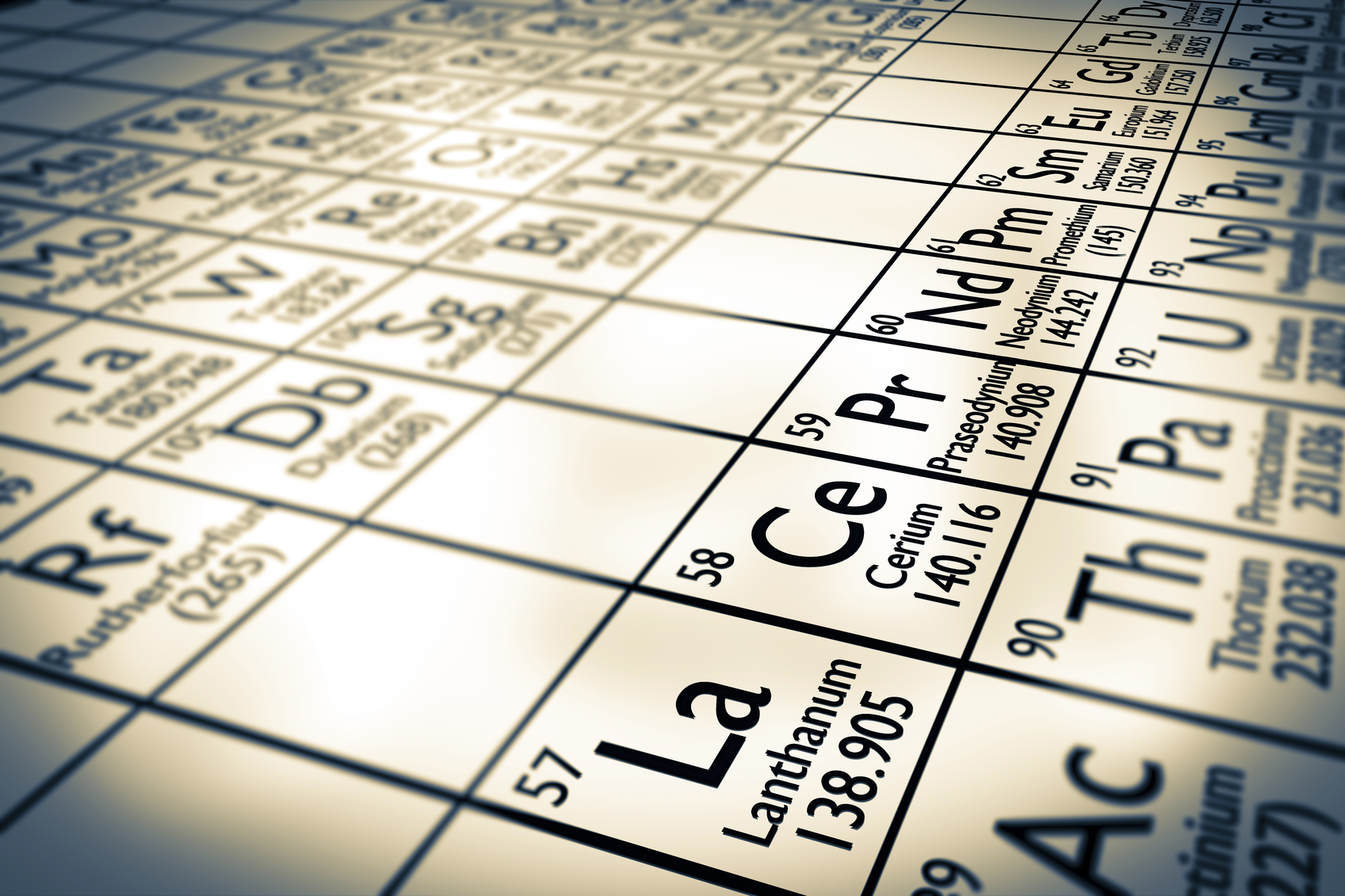

Below is a diagram showing the directions atomic size increase over the periodic table. The IE increase from bottom to top and left to right in the periodic table. In general successive ionization energies increase in magnitude IE 1B, Mg>Al, N>O and P>S). The equation for the second ionization energy is: Na +-> Na 2+ + e-Ionization energy values are typically very high and follow trends throughout the periodic table.The ionization energy ( IE) is the energy needed to remove an electron from an atom in the gaseous state.Thus less energy required to remove that electron and less ionization energy. The repulsion between the two electrons in the same orbital results the easy removal of electron from that orbital. The difference is that in oxygen the outer electron is being removed from a pair of electrons in 2p x 2. The outermost electron in both nitrogen and oxygen is being removed from an identical orbital 2p. Decrease from nitrogen to oxygen and phosphorous to sulphur Mgĭue to the increased distance and shielding effect, the attraction of outermost electron in aluminium experiences less attraction towards nucleus and thus the ionization energy decreases.

In this case the one extra electron in aluminium goes to 3p orbital. Decrease from magnesium to aluminiumįor the same reason the decrease is also observed between magnesium and aluminium. The increased distance and shielding effect in boron, results a reduced attraction and so a reduced ionization energy. At the same time the shielding effect also increased in boron. This means the distance between the nucleus and the outer electron in boron is more than beryllium. H is a slightly higher energy than 2s orbital. But boron’s one extra electron is in 2p orbital whicr> BeĪccording to the above discussion boron should have more ionization energy than boron because of one extra proton in boron. This can be explained by the electronic configuration of beryllium and boron. Thus in general successive ionization energies increase in magnitude IE 1B, Mg>Al, N>O and P>S). The third ionization energy ( IE 3) is also larger than the second one ( IE 2). The second ionization energy ( IE 2) is always larger than the first ionization energy ( IE 1) as it is hard to remove an electron from a positive atomic ion than a neutral atom. M 2+ (g) → M 3 + (g) + e – IE 3 Order of successive ionization energy The higher ionization energies are also possible for an atom in gaseous state.The second ionization energy ( IE 2) is the energy needed to remove the second electron from the atom in gaseous state.The first ionization energy ( IE 1) is the energy needed to remove the first electron from the atom in gaseous state.Since one, two or more electrons can be removed from an atom, many ionization energy is possible of that atom. The ionization energy ( IE) or ionization potential is the energy needed to remove an electron from an atom in the gaseous state.


 0 kommentar(er)
0 kommentar(er)
